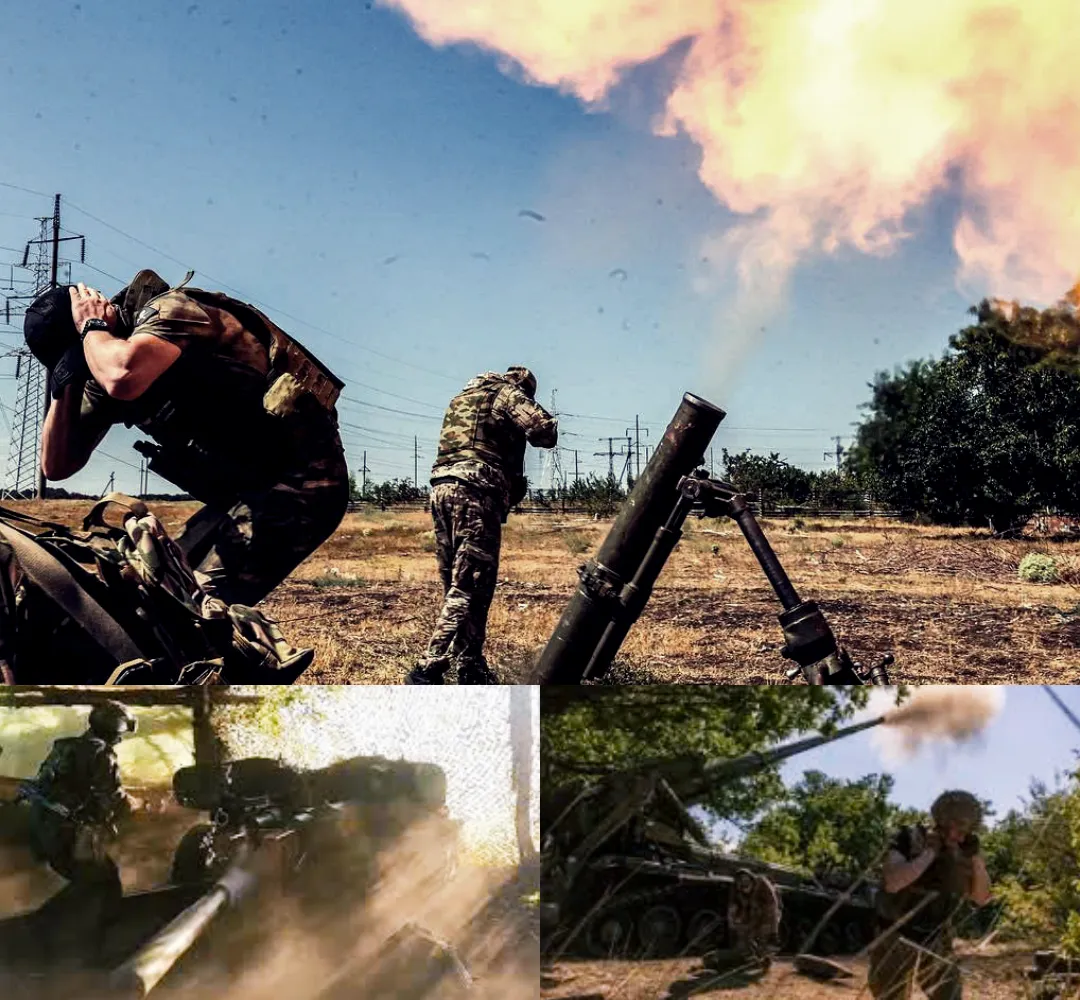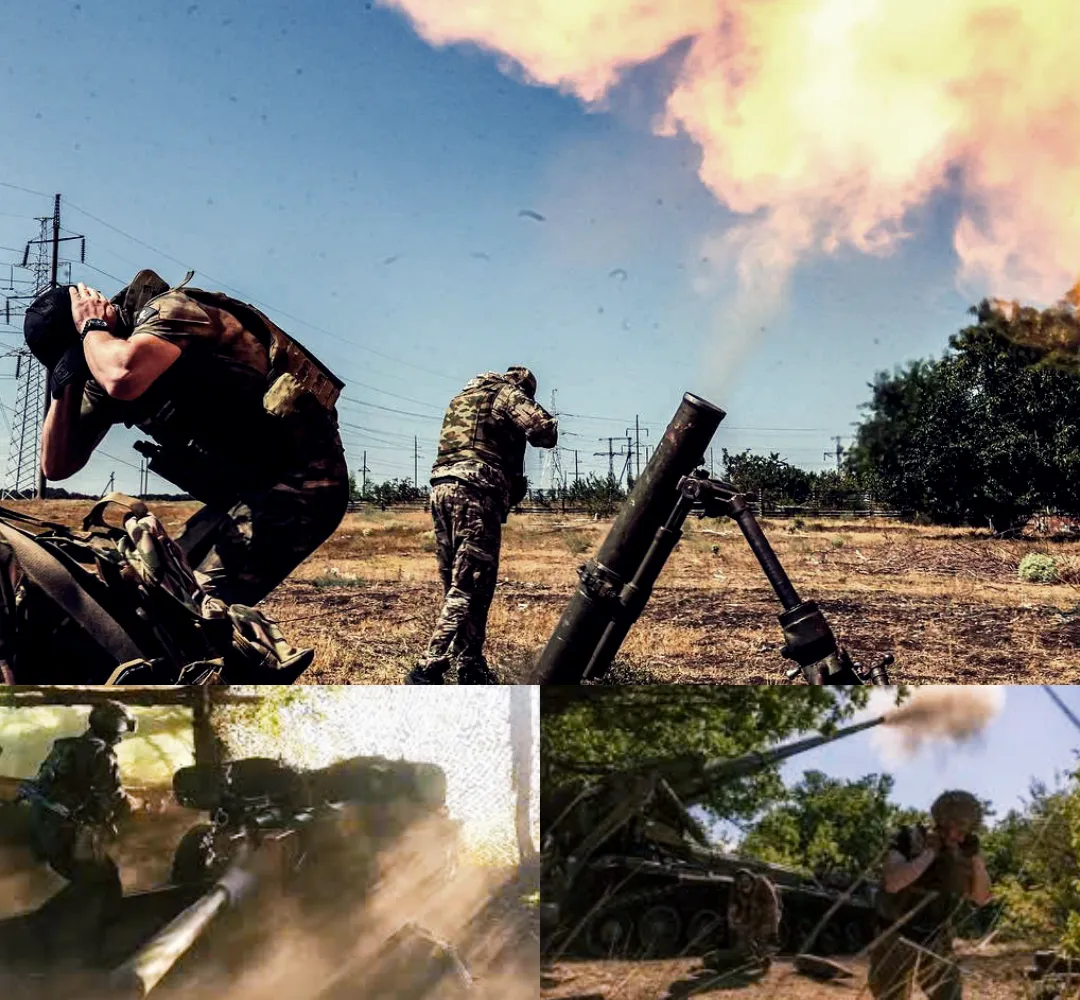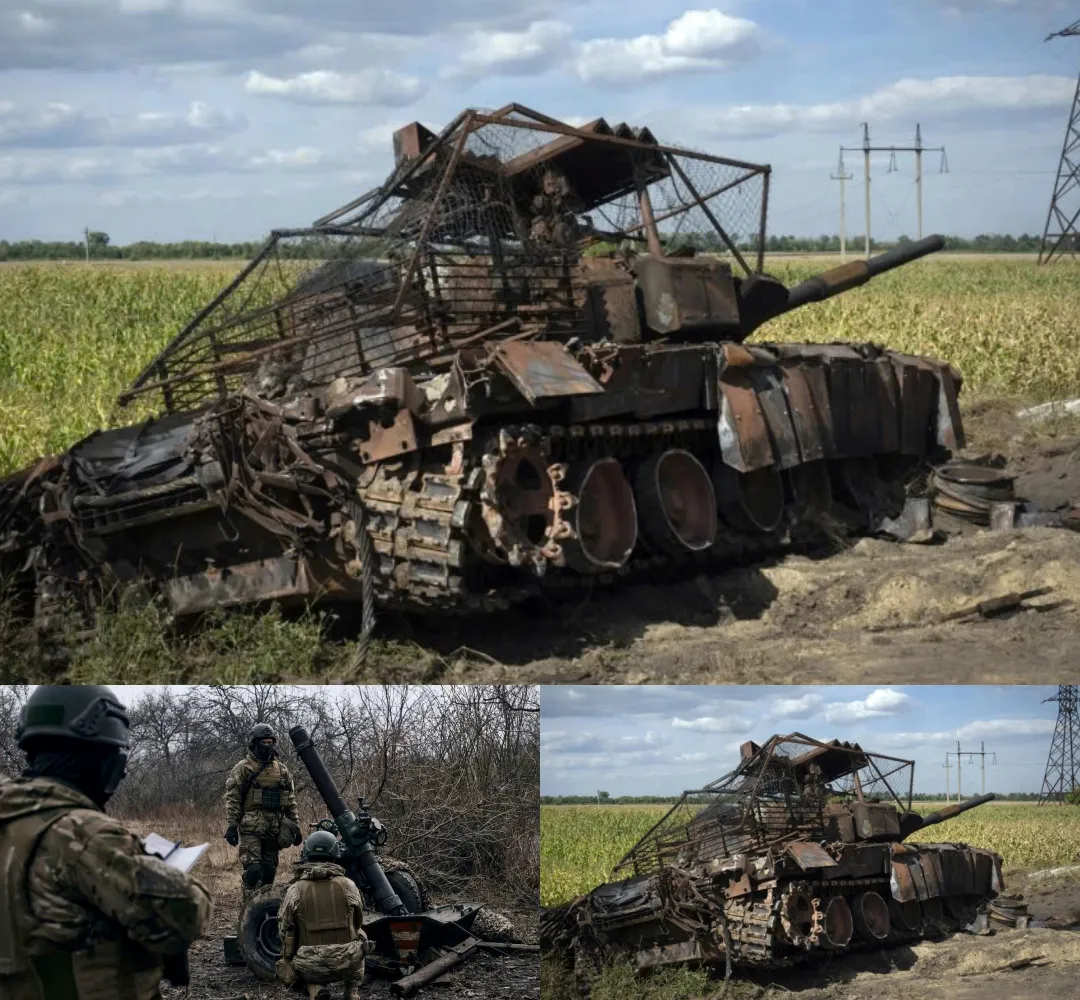
The fierce cross-border offensive in Kursk province has opened a new front for Ukraine and helped it seize control of some Russian territory. However, many analysts warn that this could be a strategic mistake for Ukraine.
The key question now is how long Kiev can maintain control of these new territories without losing more key areas in Donbass.
Russia Determined to Fight to the End: Tensions in Donetsk and Kursk
Over the weekend, the situation in the eastern Ukrainian city of Pokrovsk became tense as local authorities urged residents to speed up the evacuation process. In a Telegram message, Serhii Dobriak, head of the Pokrovsk military administration, warned: “The enemy is rapidly approaching the outskirts of Pokrovsk. They are only about 10 kilometers from the outskirts and the situation is getting worse.” This shows that Russia has not slowed down its attacks on other parts of Ukraine, despite Kiev’s border incursion campaign over the past two weeks.

On August 18, Russia announced that it had taken control of the village of Svyrydonivka in Donetsk. “As a result of active operations, units of the Tsentr group liberated the Svyrydonivka settlement in the self-proclaimed Donetsk People’s Republic. Other forces are also improving their positions along the front line,” the Russian Defense Ministry said. Ukraine said it had taken control of more than 1,000 square kilometers of Russian territory since launching its cross-border offensive. The Russian Foreign Ministry accused Kiev of using Western missiles to destroy a bridge in the Kursk region, killing several volunteers evacuating civilians.
According to the British Ministry of Defence, Russian reinforcements are likely to come not from the priority axis in eastern Ukraine – where Moscow has maintained a high tempo of attacks, especially in Donetsk – but from another direction. In Donetsk, Russian forces continue to tactically encircle the area southeast of Pokrovsk. The Institute for the Study of War (ISW) assesses that Russia may have captured Orlivka (about 35 km from Pokrovsk) and Zhelanne (about 20 km from Pokrovsk).
Russia has been trying to pressure Ukrainian defenses along the entire front line for months, aiming to gain more territory before new Ukrainian troops and new Western-supplied weapons are deployed. Although Russia’s gains have been modest, the advance towards Pokrovsk has worried Ukraine and the West. If it captures Pokrovsk, Russia will move closer to its goal of controlling all of Luhansk and Donetsk in eastern Ukraine.
Serhii Tsehotskyi, an officer with Ukraine’s 59th Motorized Rifle Brigade, said the Russian border incursion had not slowed Moscow’s attacks on the Donetsk region. “The Russian offensive has not stopped for a minute and fighting continues around the clock,” Tsehotskyi said. The Institute for the Study of War said Russian forces were “maintaining a relatively high tempo of attacks” in Donetsk, indicating that the Russian military command continues to prioritize its offensive in eastern Ukraine despite Kiev’s pressure on the Kursk region.
Ukraine Makes a Strategic Mistake? Expert Analysis
Andrew Latham, an international relations expert at Macalester College in the US, has argued that President Zelensky may be making a serious strategic mistake by diverting significant resources from the main battlefield to launch attacks on Russia’s border to achieve minor gains.

Although the offensive in Kursk province has attracted attention and caused some losses for Russia, it has not changed the fundamentals of the conflict. Russia remains a strong military power with a huge arsenal and nuclear deterrent. Although Ukraine has shown great determination to repel the enemy, the military disparity remains a major challenge.
Diverting forces from the main battlefield is a risky strategy that can lead to serious consequences. Every soldier, tank, and artillery piece that Ukraine deploys in its invasion of the Russian border reduces Kiev’s ability to retake the occupied territories. If these resources were focused on the front line, Ukraine could weaken Russia’s defenses and create an opportunity for a decisive breakthrough.
Instead of continuing to pressure Russia on major fronts, Ukraine appears to be locked in a limited front with higher casualties. An attempt to attack the Russian border risks escalating the conflict, potentially leading to intervention by other countries and a larger-scale confrontation. According to Andrew Latham, Ukraine is at a critical crossroads where the path forward is challenging. Kiev needs to keep its focus on liberating the territories occupied by Russia, as wasting precious resources may not yield long-term benefits.
Many other analysts also believe that while Ukraine may be able to consolidate control over some border areas, this is still a risky move. With limited resources, supply lines extending to Ukraine’s Kursk province could be easily attacked by Russia, making it more difficult for Kiev to maintain and expand its military strategy.



